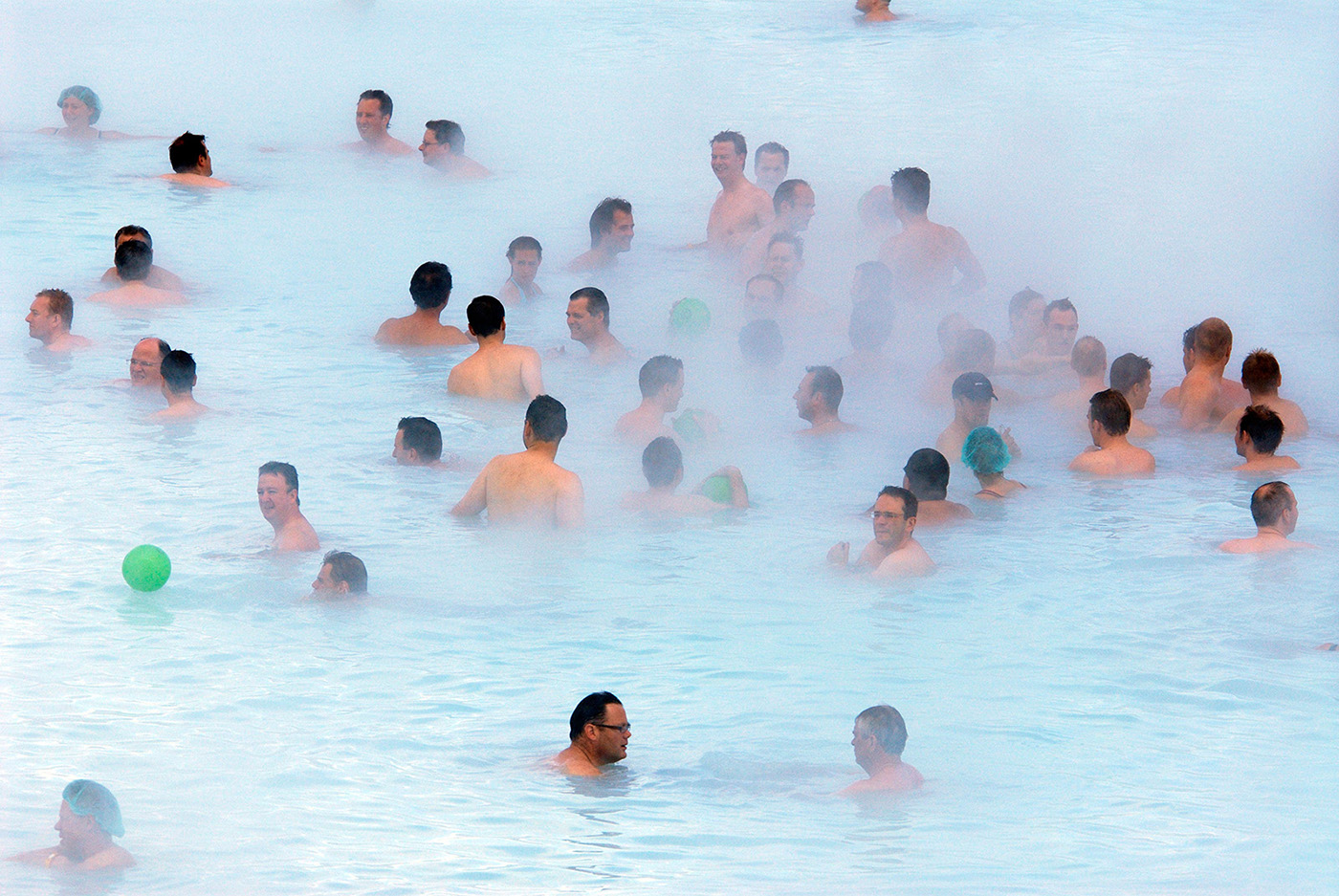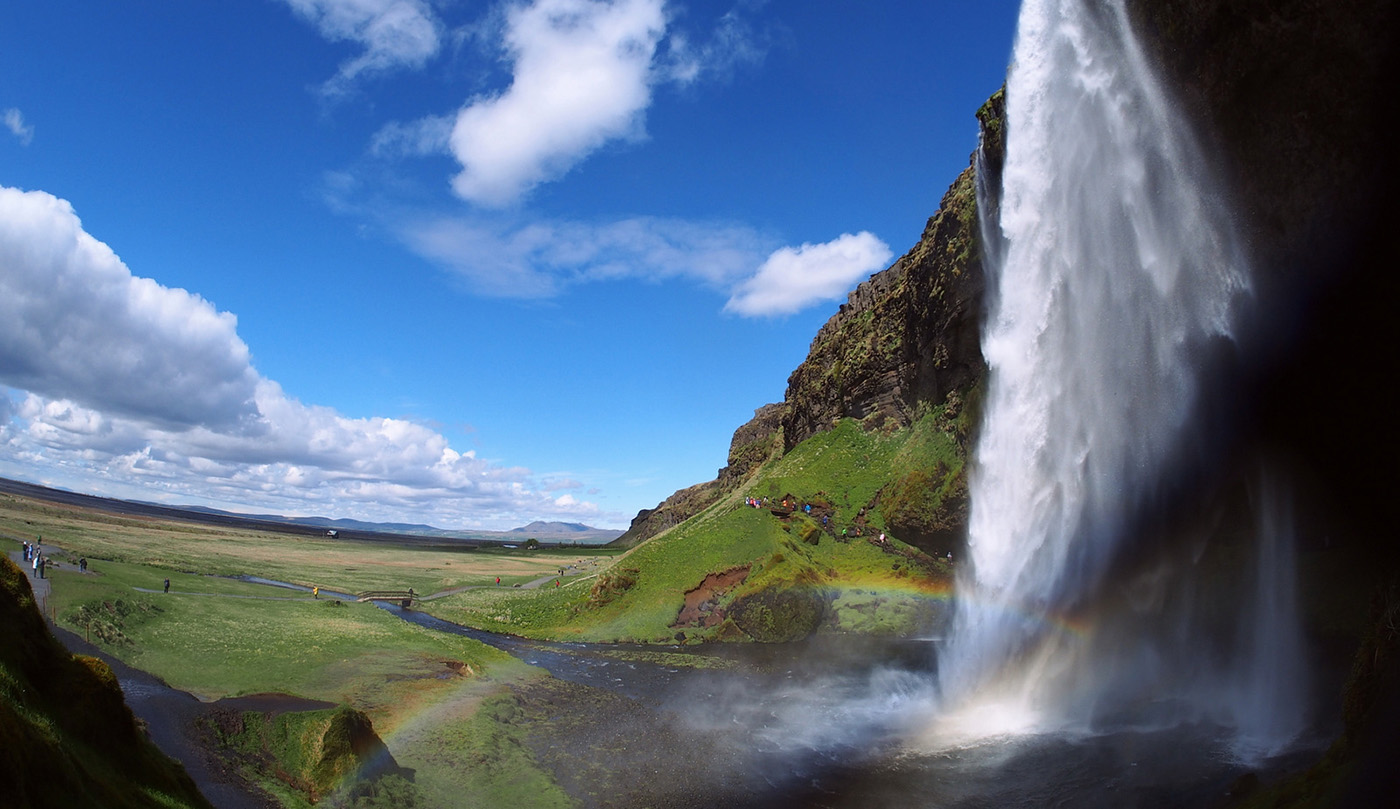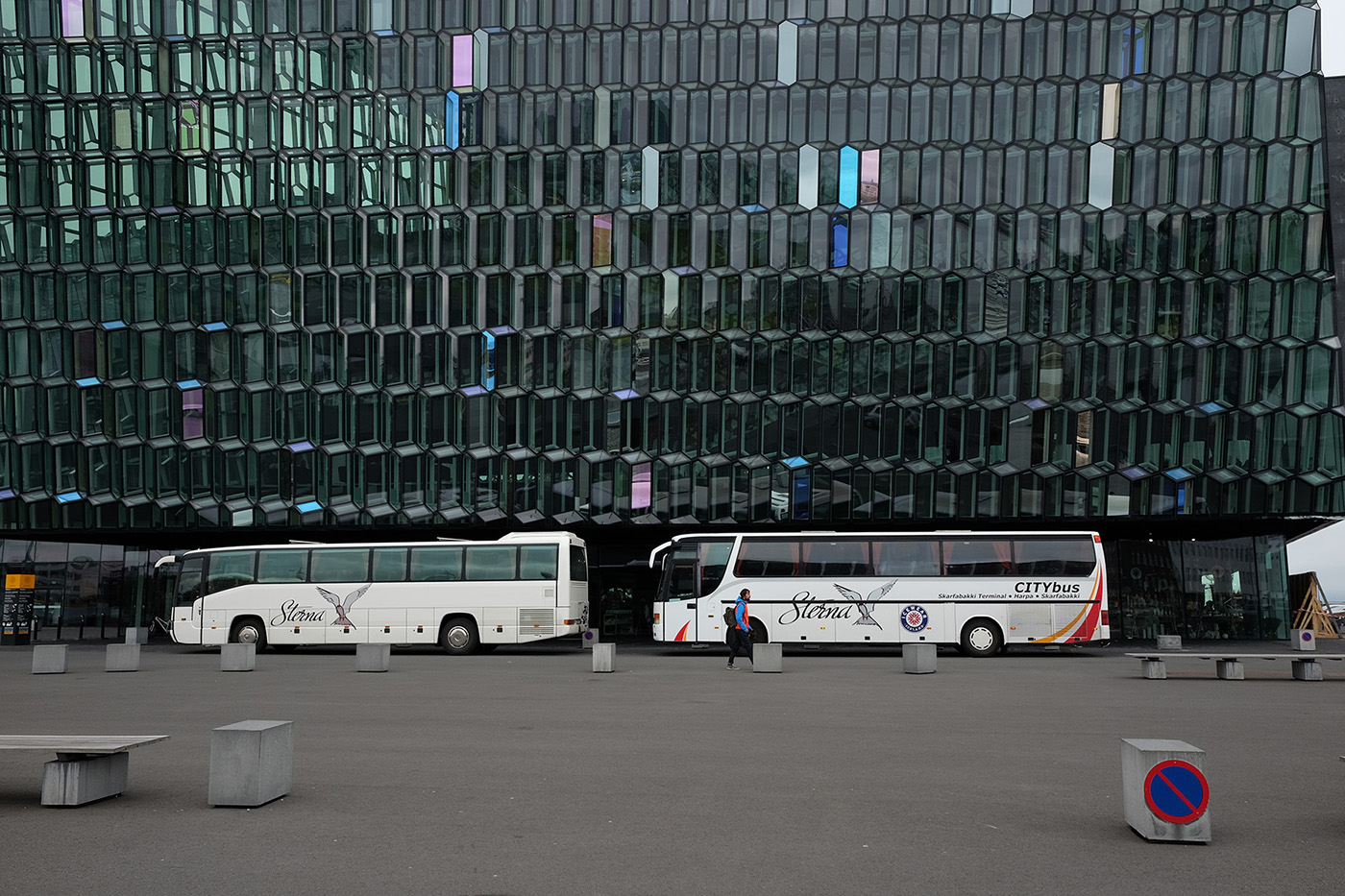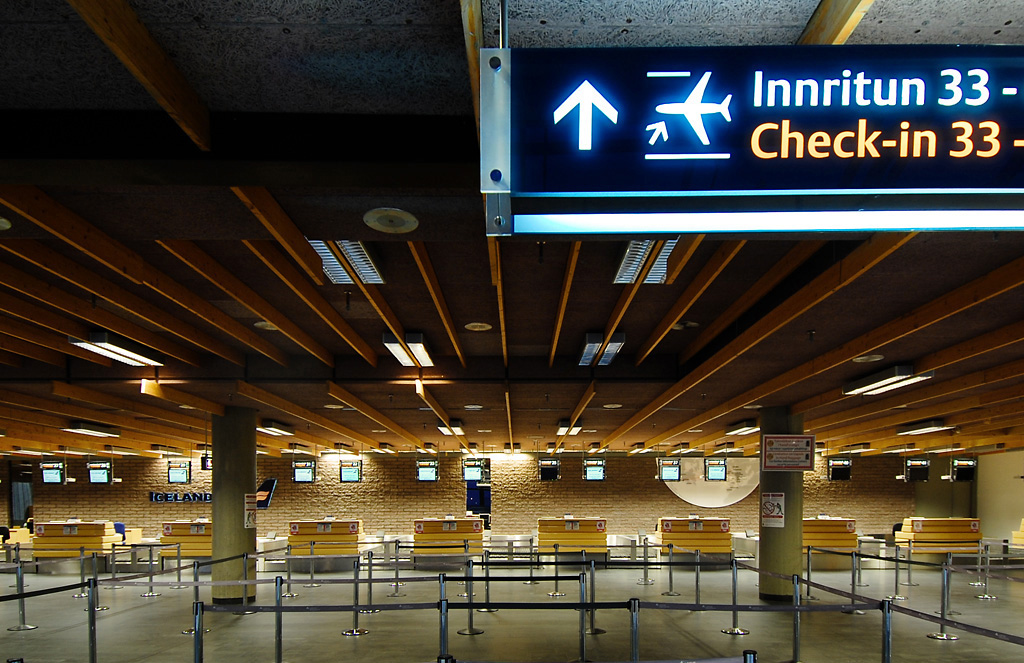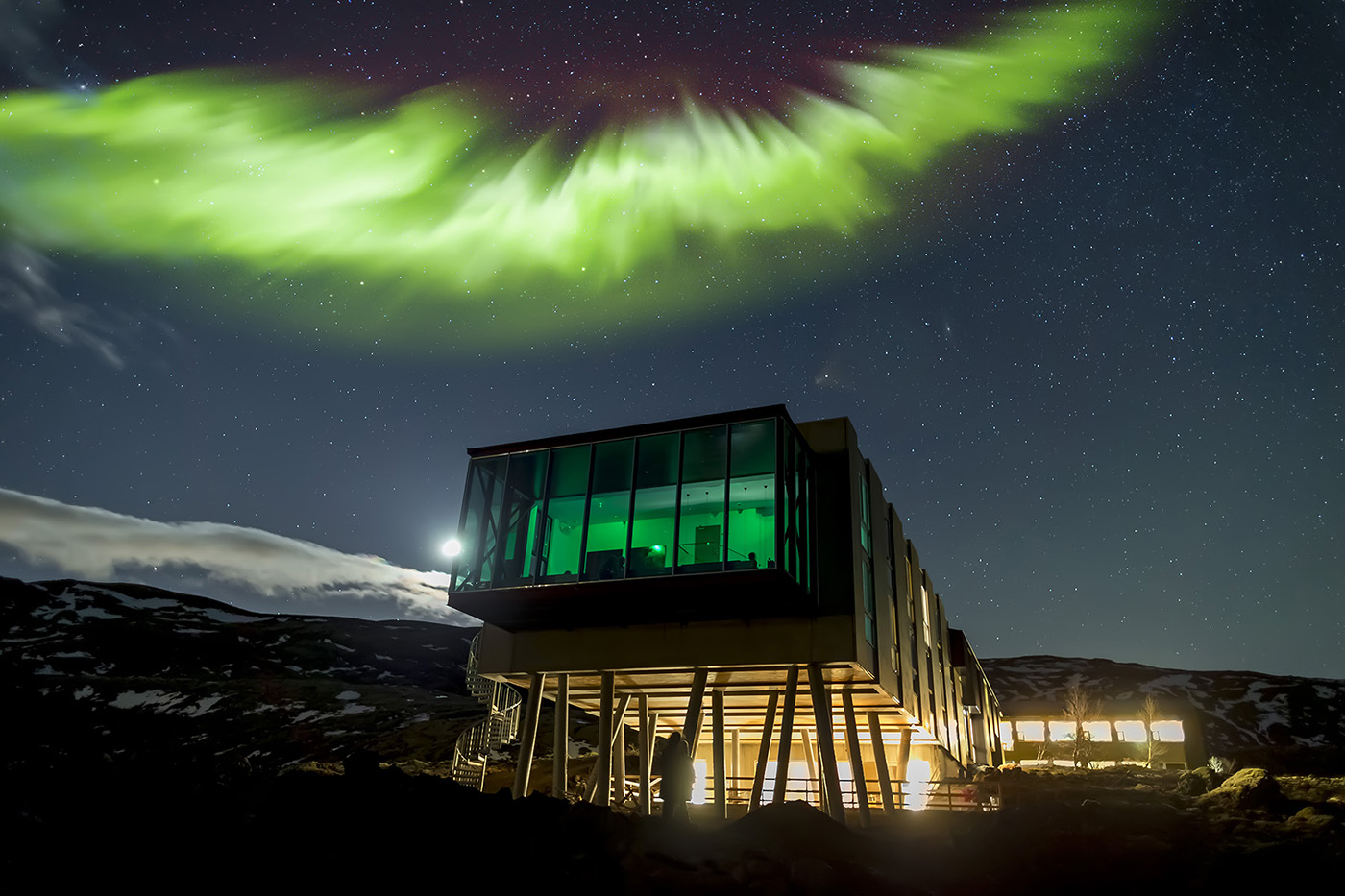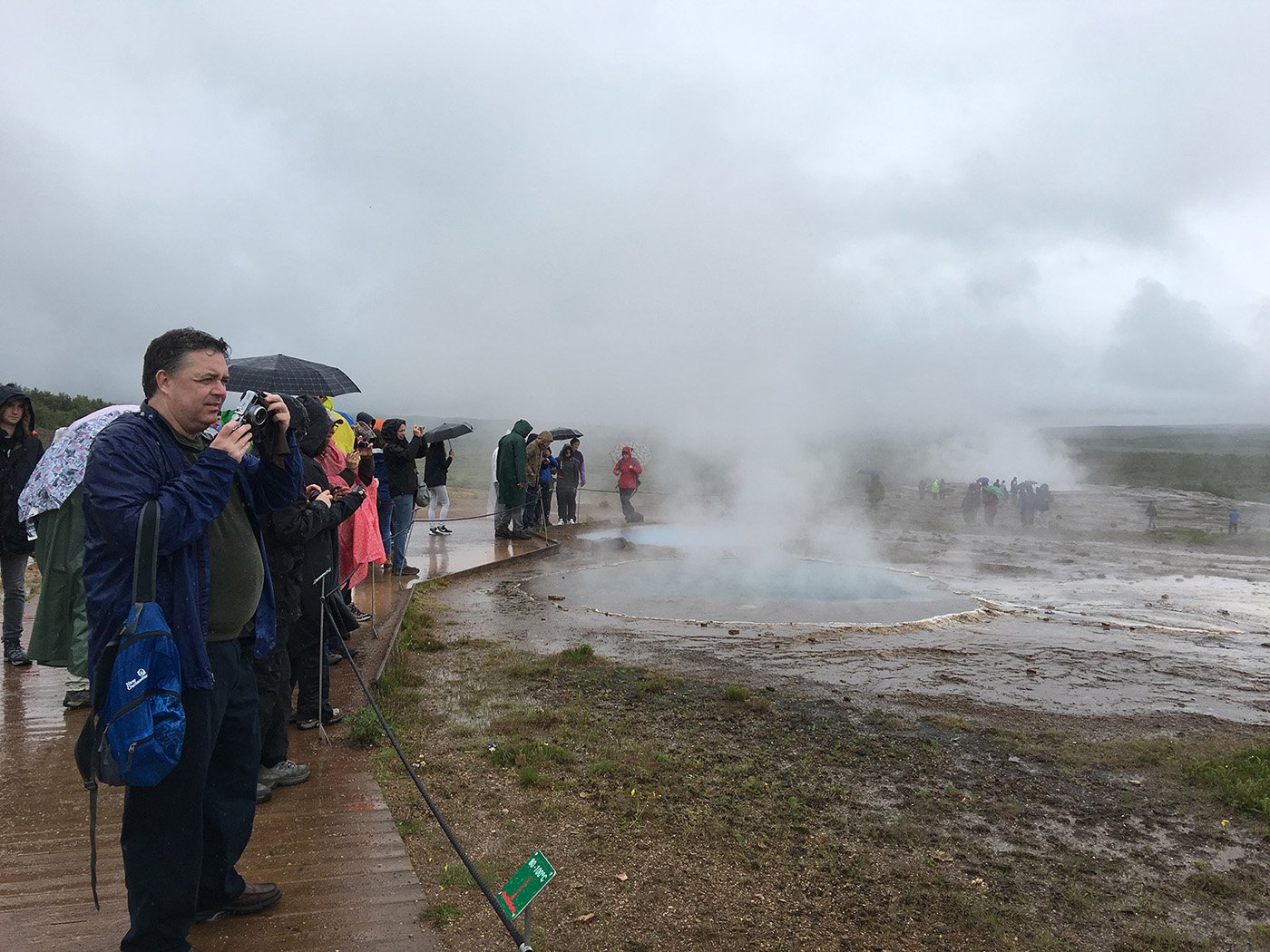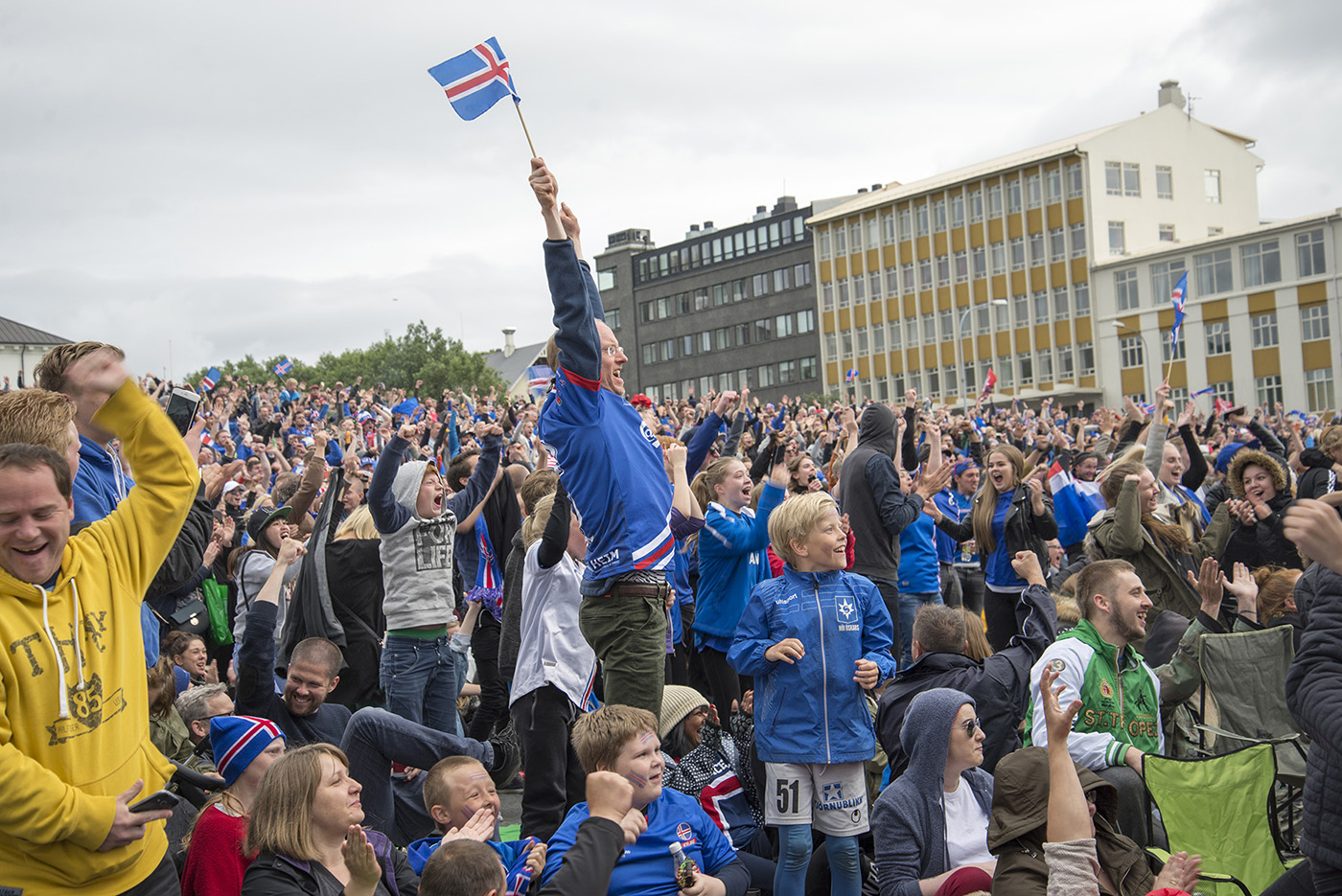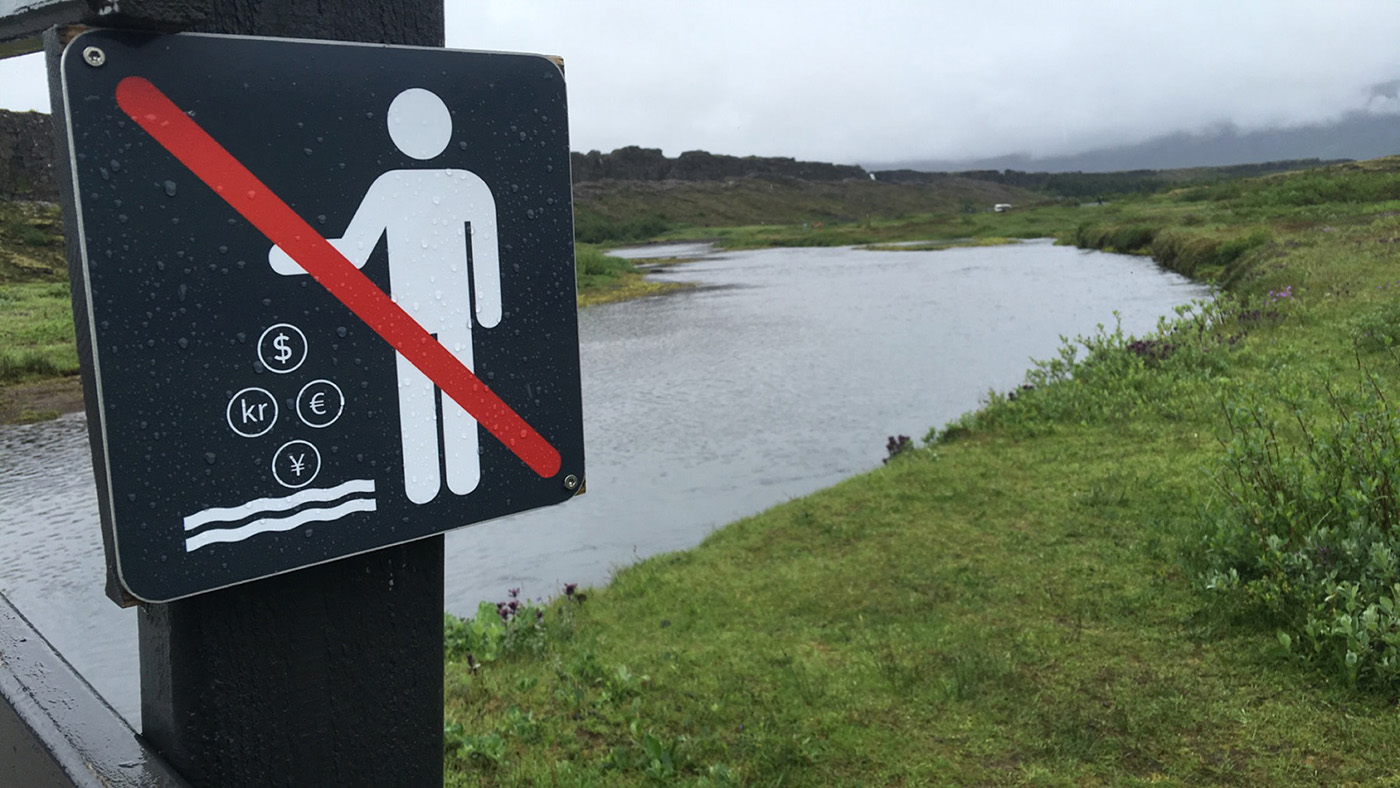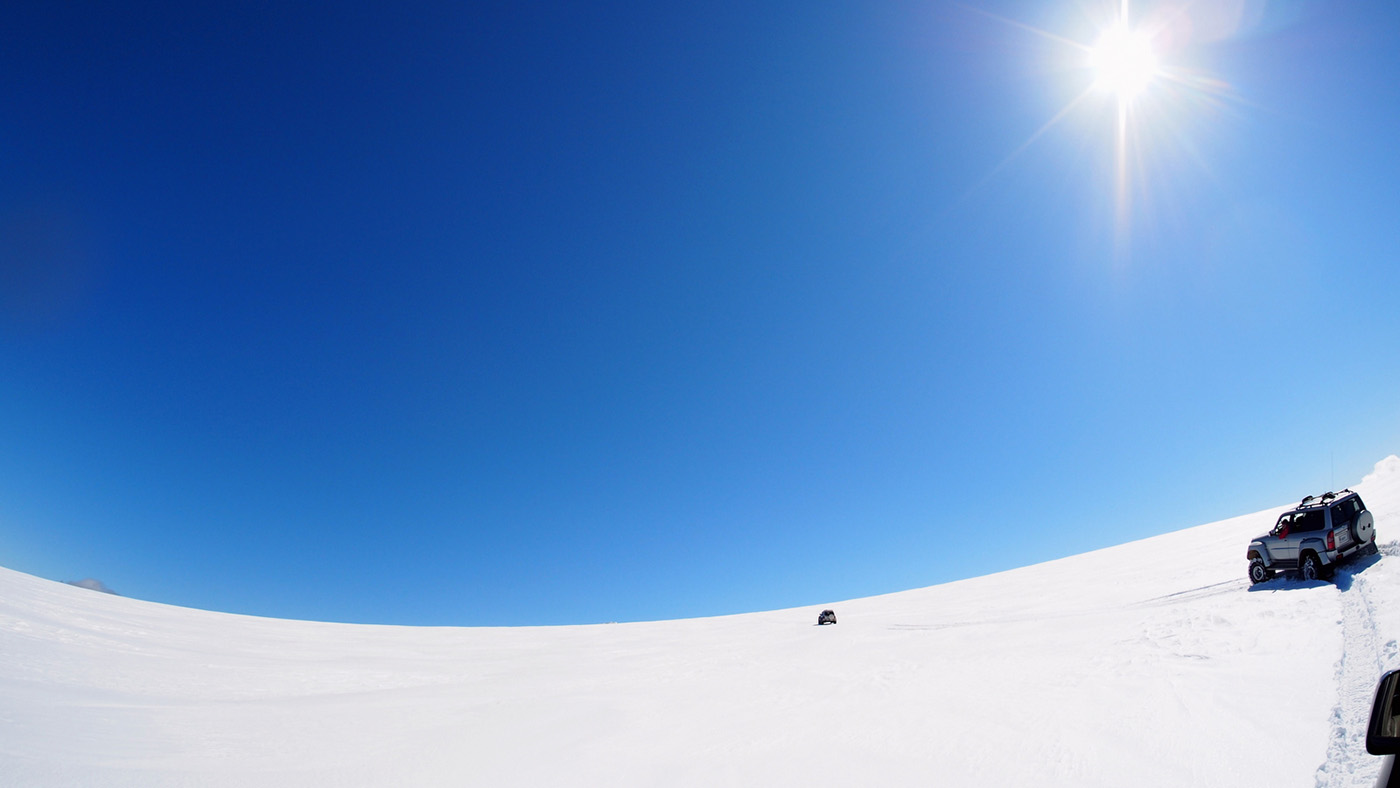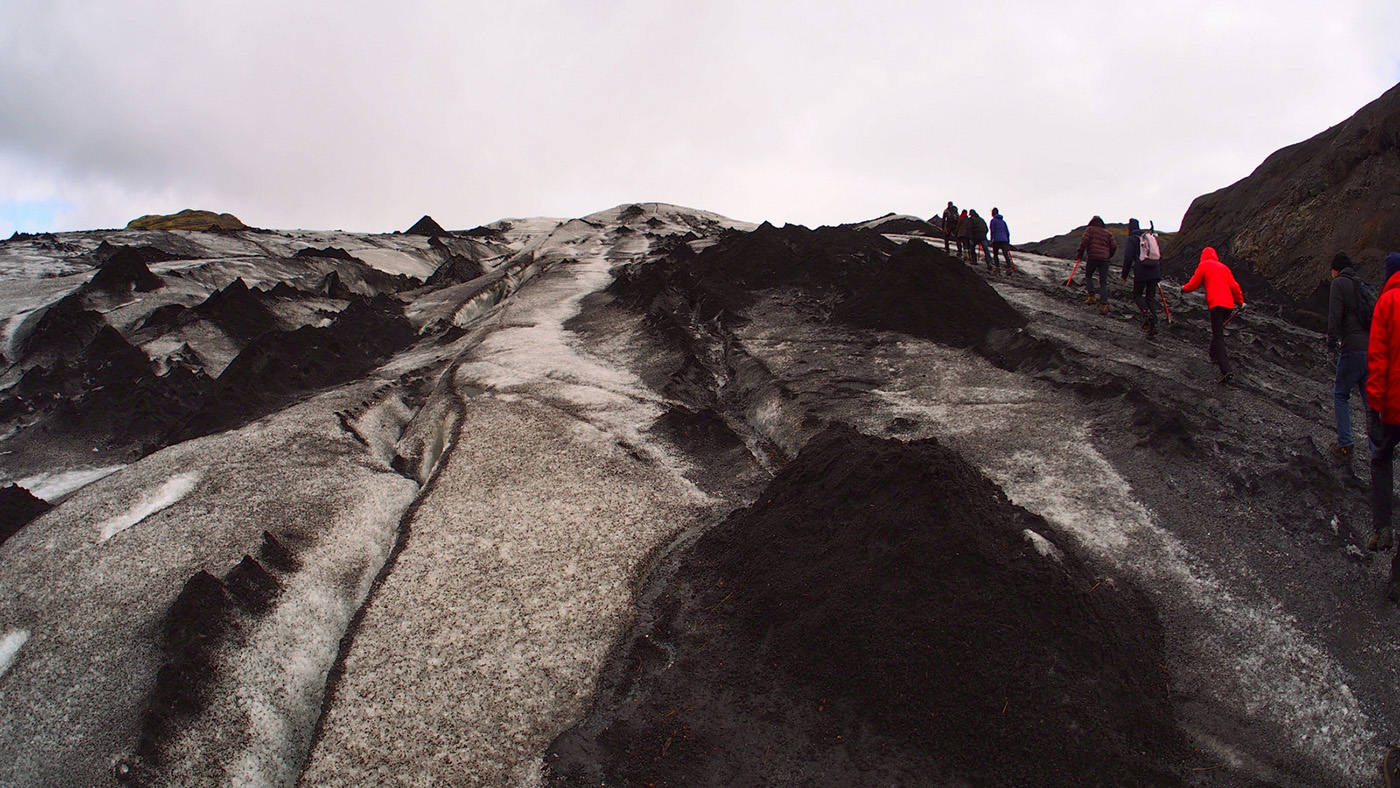Foreword: The Coming Perils of Overtourism
As Skift enters its fifth year, we are going wider with our coverage of the global travel industry and its effect on the world. The original promise of Skift — the first line in the first-ever business deck we created — was “Travel intersects with every sector in the world from local, national, state, and foreign policy to design, branding, marketing and more.”
As part of that promise, we are starting a series of deep dives into destinations, as a mirror to the larger changes that are happening around the world due to the democratization of global travel over the last two decades.
We are coining a new term, “Overtourism”, as a new construct to look at potential hazards to popular destinations worldwide, as the dynamic forces that power tourism often inflict unavoidable negative consequences if not managed well. In some countries, this can lead to a decline in tourism as a sustainable framework is never put into place for coping with the economic, environmental, and sociocultural effects of tourism. The impact on local residents cannot be understated either.
As the world moves towards two billion travelers worldwide in the next few years, are countries and their infrastructure ready for the deluge? Are the people and their cultures resilient enough to withstand the flood of overtourism?
When Skift took the team to Iceland in early summer of 2014, we wrote a story after about how “Iceland is the perfect crucible of a lot of global travel trends we cover on a daily basis on Skift, converging in the tiny country in so many ways over the last few years.”
And converging they are in a big way.
Iceland’s recovery from the depths of the 2008 financial crisis has been remarkable, and is built on the back of an explosive growth in tourism. From 2009 onwards, its tourist growth has been a hockey curve, and now a population of 350,000 residents will welcome about 1.6 million tourists this year.
In 2016, we wanted to look at Iceland as a mirror to the larger changes that happen in a destination when the democratization of global travel meets the willingness of destinations to make tourism as the growth engine of their region.
The Skift investigation explores the problems: beginning with gateway problems at its primary airport, to hotel infrastructure, to Airbnb running rampant, to too many tourists with too little understanding of the ecological fragility of the country, to climate change and tourism’s effect on it, to too few trained tourism professionals in the country, to tour operators feeling the burden, to pressure on understaffed local police, to hollowing out of Reykjavik's downtown, to early signs of locals resenting tourists, and more.
If a first-world country like Iceland is having trouble with figuring out the solutions, what hope do countries like Cuba or Burma have?
That’s the lens we are putting on this long deep dive below, with lessons for everyone in the travel and tourism industry, city and regional planners, and the larger support ecosystem.
— Rafat Ali, Founder & CEO, Skift
In Norse culture, there is a saying: Sjaldan er ein báran stök. There is seldom a single wave.
The island nation of Iceland, which is roughly the size of Portugal and located about 1,100 miles northwest of London, is a flashpoint for the encroaching forces of tourism and globalization.
When the global financial meltdown hit Iceland in 2008, it unleashed a series of devastating consequences: an unprecedented banking crisis, a housing market collapse, and increased unemployment. Iceland’s currency plummeted in value and thousands in export-heavy jobs were put out of work.
Iceland’s natural beauty, and the character of its people, had always been attractive to travelers. Now, both bargain-seeking adventurers and wealthy vacationers looking to cross Iceland off their bucket list can visit.
Tourism in Iceland increased from 18.8 percent of the country’s foreign exchange earnings in 2010 to 31 percent in 2015. Those are some staggering hot-startup-like growth rates. Especially for a country.
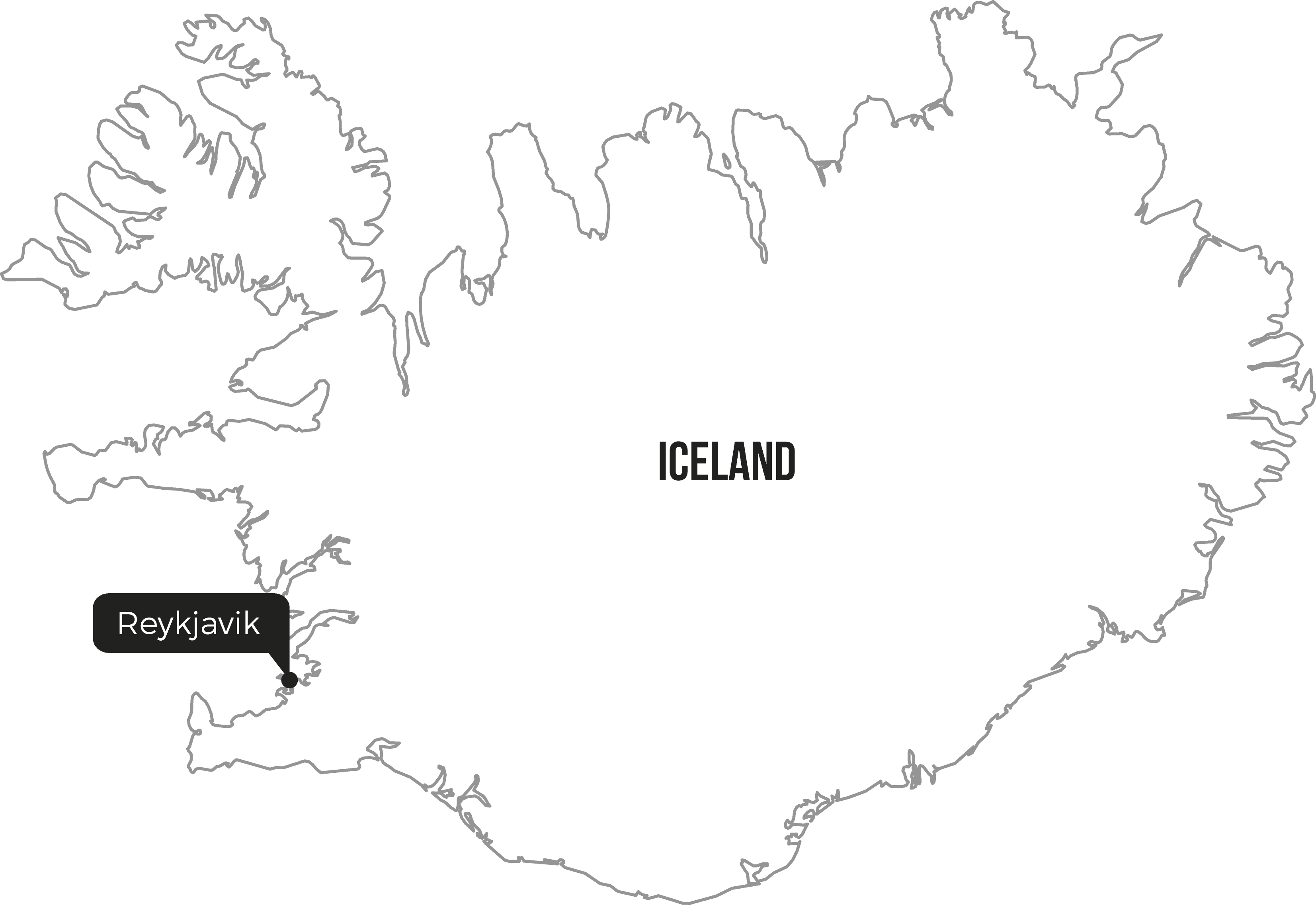
Over the same period, tourism surpassed both fishing and aluminum production to become Iceland’s top industry.
In many respects, tourism has saved Iceland from economic hardship and provided the country a solid platform to regrow its economy. The influx of tourists, however, represents something ominous to some native Icelanders.
Iceland’s infrastructure, particularly the network of roads that cut across the island’s mountainous terrain, is in dire need of renovation as an increasing number of tour buses hit the roads each day.
The country’s most popular natural landmarks are under threat from the environmental impact of more tourists visiting during the winter months.
The economic focus on catering to tourists has taken a cultural toll on the country, as well.
While global travel trends have converged in Iceland, travel has also brought the country its share of unprecedented troubles.
In June, Skift went to Iceland for a week-long reporting trip and spoke to more than a dozen leaders and players in tourism, from the man who runs Iceland’s most popular tourist destination to Airbnb superhosts building businesses due to the lack of available hotel rooms in Reykjavik.
Here is our deep dive.
It’s no surprise that Iceland’s tours and activities sector has expanded to meet demand.
From 2010 to 2014, total tourism-related jobs in the Icelandic economy increased 38 percent. From 2010 to 2015, Iceland has issued 789 travel agency and tour operator licenses, with most being issued to businesses around Reykjavik.
There is still a long way to go as the segment fights to reduce seasonality and attract tourists outside the high season of the Icelandic summer months. After all, you simply can’t sell the same tours to people during the winter months that you can during the summer.
“We need to think strategically about tourism, whereas until now, we're always just thinking how can I get more, and we become so schizophrenic that here in Iceland, we still look at the numbers as the baseline for the success of tourism,” said Icelandic Tourist Board’s Atladóttir. “At same time, we're really worried about how many tourists are coming.”
For Gray Line Iceland, which started as a local bus operator in 1989 and began scheduling day tours in 1997, before becoming officially Gray Line branded in 2013, tourists have helped create jobs and allowed tour guides to experiment with small and niche tours.
“In 2008, we had 55,000 passengers,” said Guðrún Þórisdóttir, managing director of sales and marketing for Gray Line Iceland. “In 2015 we had 510,000 passengers, so that’s a huge change. Just in the past year we have hired 100 people.”
Themed tours based around Game of Thrones have been some of Gray Line’s biggest sellers in recent years, in addition to Northern Lights-based programs that run in the winter, typically Icelandic tourism’s slowest period of the year. The tour operator is also seeing people becoming more comfortable with booking on the same day, even just hours before a scheduled tour.
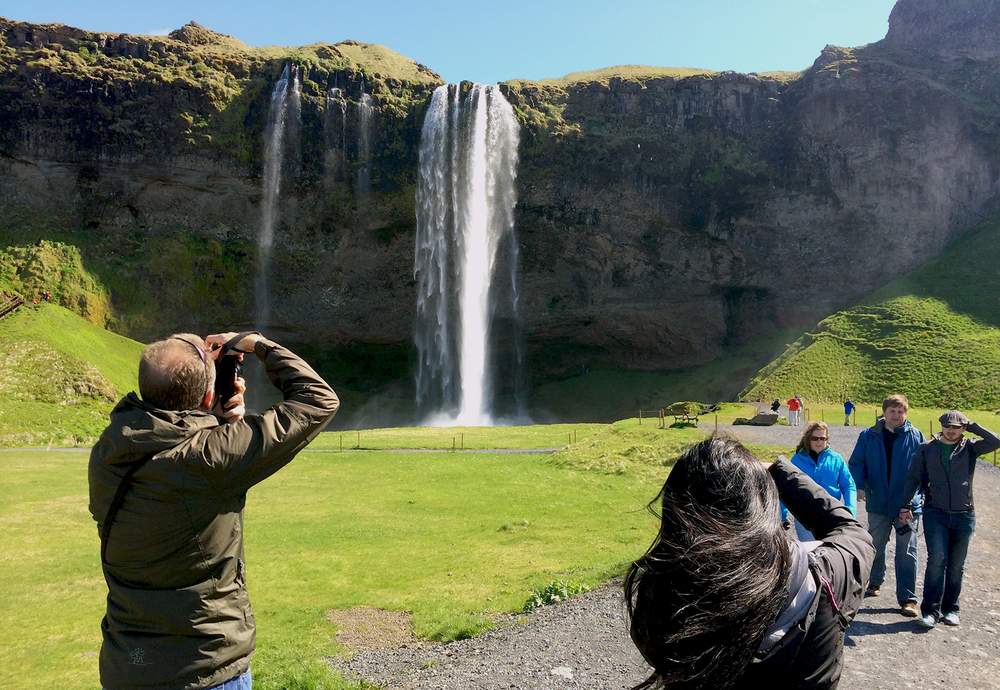
Tourists at the Seljalandsfoss waterfall.
“Maybe 20 years ago, you had a more educated visitor who had done research on Iceland before they arrived,” said Snorri Valsson, a tour guide with 25 years of experience who is now a specialist at the Icelandic Tourist Board. “Now with increasing tourism, I would say there are more people who have it as a bucket list item or a been-there done-that thing. Travel agencies are trying to market different tours that tap into different niches in the market.”
The flip side of increasing the number of tours is increased congestion at top tourist spots. Typically, buses in Reykjavik would depart at the same time every morning, reaching Golden Circle tourist spots at the same time.
Now, tours are generally staggered to provide a better experience and leave Reykjavik five or six times a day, instead of just once or twice in the morning.
Chinese tourists alone increased 270 percent from 2013 to 2015
“We buy new coaches every year; I think this year we are buying at least 25 new buses and selling the older models, that’s a huge part of having a modern fleet,” said Þórisdóttir. “The trend is big today to have small groups, so we have maximized some tours at 20 to 25 people, and others with a maximum of 12. We usually give tours two to three years to see if they work.”
But still, experts say the country’s infrastructure is being pushed to the limit.
“As a tour operator, it’s difficult with respect to infrastructure with 30 percent growth year over year for six or seven years,” said Hjörvar S. Högnason, former Icelandair executive and managing director of Reykjavik Sightseeing. “Many of the places we go on these day tours, the facilities there haven’t been able to cope with the influx of people; people are complaining that there aren’t enough facilities, no bathrooms or broken bathrooms.”
Another problem is catering to the diverse cultures and language abilities of visitors.
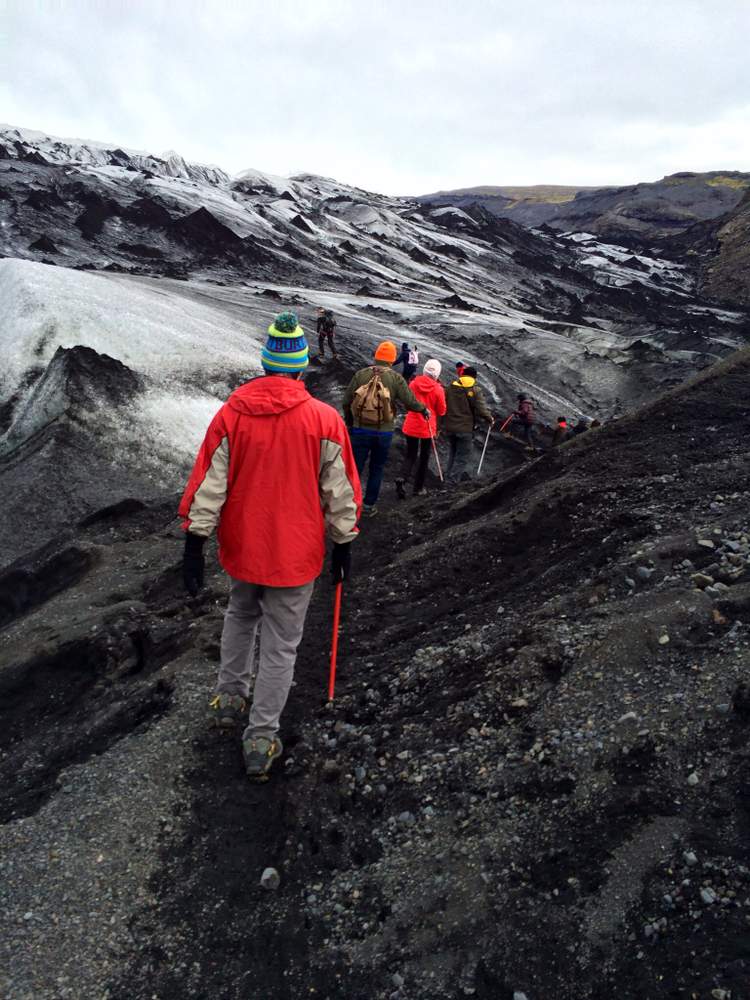
A hiking group along a glacier outside of Reykjavik.
Top feeder countries for Icelandic tourism in 2015 were the U.S., UK, Germany, France, Norway, Denmark, and China. Chinese tourists alone increased 270 percent from 2013 to 2015, when 47,643 tourists visited, the largest increase of any country.
For Högnason’s Reykjavik Sightseeing, a relatively new tour operator, the challenge is an opportunity to use technology to reach a wider range of tourists.
“We got together with experienced tour guides and asked them to write our scripts,” said Högnason. “It gives us the same quality on each tour and give us the chance to translate it into several other languages. We have reason to believe that 30 or 40 percent of tours today are narrated in languages that tourists understand vaguely or not at all.”
It seems that tour operators are banking on the Icelandic government to get its act together and create a plan to invest strategically in the country’s infrastructure, particularly its roads.
“We definitely need more infrastructure in some of the more popular areas, and tourism is giving the Icelandic government a lot of money,” said Þórisdóttir. “They always say they are going to do something, and they need to do more. This summer they’re putting money into some areas like hiking paths, but they really should be focusing on tourism more, because this is now the biggest industry in Iceland.”
As a country and tourist destination, Iceland seems uniquely positioned to harness the value of tourism to help modernize its domestic infrastructure and create a sustainable economic pillar for its citizens.
Its small population and 63-member parliament makes it possible for the country to reach a meaningful consensus on how to best harness tourism as a positive force.
But nothing is certain, as visitors continue to grow with the specter of overtourism lurking on the horizon.
A few trends emerged during talks with industry stakeholders that present a likely vision of Iceland’s development as a travel hotbed.
A group has recently formed as a public-private task force comprised of the Icelandic government and travel industry stakeholders to decide on the wave of reforms necessary to ensure that tourism becomes sustainable in Iceland.
”Now I get the feeling that, for the first time, we really feel that the authorities are coming to an understanding of really what's going on and everyone's getting on the same page,” said Blue Lagoon’s Sæmundsson, who is a member of the task force. “People are coming to terms about tourism. This is happening, this is not going away, we have to deal with it and let's do something about it.”
The task force has a five-year mandate to suggest and implement policy changes. Critics say that the group, which has just four industry players among its 10 members, will act too slowly to react to the changing landscape of tourism in Iceland. More than a year since the group was announced, it has yet to produce any tangible guidelines and policy proposals.
A bigger question looms on whether tourism should be constrained, whether by creating an entry fee to deter the most cost-conscious travelers or creating quotas for national landmarks and tourist destinations.
Experts expect around three million tourists to visit in 2017, a 30 percent increase over this year’s projected total.
“You don’t want people to buy a ticket, see the price is much higher due to a tax, and then fly to Norway or something,” said Isavia’s Hauksson. “We have still not reached the number of travelers that come through the Vatican City; Iceland is less a tourist attraction than the Vatican City.”
A trailer for Dreamland, a film about Iceland's relationship with large-scale foreign investment.
There is a move underway to cater to a more high-spending traveler. Blue Lagoon, for instance, is building a small luxury hotel next its spa facilities, while new hotels being built in Reykjavik are looking to appeal to a more upscale vacationer rather than the scrappy millennials used to Reykjavik’s Airbnb listings and hostels.
Tour operators, similarly, are experimenting with smaller groups and more targeted itineraries. But not everyone is sold on turning to upscale travelers to increase profitability.
“If it wasn’t for those bargain hunters, we wouldn’t be where we are today,” said Högnason. “If it wasn’t for these low-cost people paving the way, people like [Sæmundsson] wouldn’t be in the position they're in today; it was hard to get the volume we’re at today.”
As the airlines continue to add destinations to their hub-and-spoke model, more and more travelers will have access to direct flights to Reykjavik.
Wow Air, for instance, just announced a direct flight from Newark, the first low-cost flight to Iceland from the New York metropolitan area. Icelandair recently added Montreal, its fifth city in Canada, and returned to Chicago for the first time in 28 years.
“I am not an advocate for unlimited visitors, I fully agree that visitors are an issue for our nature and preservation,” said Mogensen. “I have no problem with having a cap. We can handle five million travelers, without hesitation, but it will need a lot more work. I think by just doing the small plastering [over of problems] that we're doing today, we can do three million without kidding ourselves. To go much above that, we would need to rethink fundamentally things that we're doing. Otherwise, we will start shooting ourselves in the foot.”
For what it’s worth, the World Travel & Tourism Council expects travel and tourism to support 50,000 jobs in Iceland by 2025, encompassing more than a quarter of the country’s total employment.
As more foreign workers enter the country to work in tours and hospitality, there’s the potential for a backlash from Iceland’s more conservative citizens.
World Travel & Tourism Council expects travel and tourism to support 50,000 jobs in Iceland by 2025, encompassing more than a quarter of the country’s total employment.
“I think we’re as bad as other countries with xenophobia and all that,” said Kvosin Downtown Hotel’s Valsson. “I think our elections have shown that… if you’re over 60, you’re pretty much scared. Sadly we’re becoming more and more polarized, and that is very sad because we are such a one-class country.”
In the end, Icelanders are sober-minded and particularly well-suited to deal with the challenges that increased tourism has created in their unique country.
“I am always skeptical of people who say Iceland is such a hot destination,” said Konradsdottir, Reykjavik’s director of culture and tourism. “What can only happen is that you fall out of the spotlight over time.”
During our research period in Iceland, we conducted interviews with multiple leaders in the tourism industry. While much of their insight has been incorporated into our story, we thought that longer versions of their interviews could provide additional insight. They appear below and are edited for clarity.
Grímur Sæmundsson, CEO of Iceland’s Blue Lagoon
Q: Looking forward, how do you feel about the prospects of Blue Lagoon and Iceland as a whole continuing to cope with increased tourism growth?
A: I think for my business, we're quite optimistic for the prospects of being a leading brand in Iceland tourism. For the country, I'm quite optimistic. We're used to tackling the elements and living in a very harsh environment. I'm very optimistic that the nation will tackle this and I think that now we have the first signs of that. We're starting to come together to see what does the project have to deal with and how can we deal with it. In general I'm very optimistic for the future of tourism in Iceland.
I think it's healthy for the industry, and for the nation, that this huge growth year over year could kind of go down a bit. What we'll be confronted with will be a matter of debate. The decision is do we have the courage to step back and say, we're not going to be everything for everyone. I don't want to experience Iceland as some kind of a mass destination.
Q: You’re building a luxury hotel next to Blue Lagoon. How do you feel about working to turn Iceland into more of an expensive, high-class destination?
A: You know, I would like to see Iceland keep its characteristics as being very interesting place to visit. Iceland should not be cheap. It should be rather expensive, and with opportunities that are inexpensive. You're able to come to Iceland on a low budget, but the image of the country is not low budget. It is rather expensive and these are issues that we need to, from a strategic viewpoint, kind of develop together with the authorities. What kind of a destination do we want Iceland to be in 10 to 15 years?
Q: What’s your perspective on the role Airbnb has played over the last few years?
A: The Airbnb development has two sides like everything. It has the positive side. We would never have been able to receive all these number of tourists if it was not for Airbnb because the whole tourism issue in Iceland, even that we're now building hotels, we're still not kind of getting there. Airbnb in that sense has a very positive impact, but the negative impact is that people who had been investing in hotels feel that the competition situation is very screwed up because Airbnb has been kind of under the radar regarding paying dues and taxes.
The government was just getting more and more revenue from tourism and they acted like they didn't know where it came from.
Now we have a new law on Airbnb, but this leaves out the social impact. Actually I am most worried about the social impact. It is definitely positive for those who are getting revenue from their properties by having them on Airbnb. For the others, you know, the neighbors and environment, people might be pissed off. You're living in an apartment building and there are always new people on the floor above you or below you. This creates [the] kind of unrest that this is definitely something that needs to be tackled, and I have a feeling that the authorities are now looking into that, for example.
Q: You’re a member of a new board looking to create a road map for tourism in Iceland. How do you assess the government’s readiness to take a more active role in shaping the industry?
A: The foreign currency situation in the country is now very strong. This, of course, was not the case after the crash. We have been the key factor in keeping the inflation low, so the economic impact of tourism in Iceland after the crash is incredible. At last, tourism is now being recognized, because we had to fight the politicians and the authorities to get them to understand what was happening. The government was just getting more and more revenue from tourism and they acted like they didn't know where it came from.
Now I get the feeling that, for the first time this year, we really feel that the authorities are coming to an understanding of what's going on and everyone's getting on the same page. It's been quite difficult before to fight to get people to understand that this is reality, and that the public has been experiencing this on their own because of the jobs created, because a lot of people have been benefiting from tourism through Airbnb. Now people in the government are kind of getting to terms that this is happening, this is not going away, we have to deal with that and let’s do something about it.
Skúli Mogensen, CEO of Wow Air
Q: Wow Air has been growing steadily, piggybacking on the intense demand for tourism in Iceland. Do you think macroeconomic trends threaten what you’ve accomplished?
A: I certainly hope not. Actually, it's interesting now with Brexit, this whole discussion of being in the EU or not in the EU. A few years back, there was a huge movement in Iceland that we should join the EU. I have never been in favor of that. Then, that same group said, ‘You're a nationalist and you're an isolationist,’ which I think is complete BS.
I think on the contrary, Iceland's quite unique in that sense. We do not have an army. We have great alliances with pretty much everyone. We are part of NATO. We're obviously working very closely with the U.S., very closely with Europe. Whether we are in the EU or not doesn't really matter. Yes, it requires us to do slightly more independent agreements, but most of those are already in place. We have great relationships with China, with India, with Russia.
Why do we manage to get these agreements? Because we are a teeny tiny nation and for whatever reason, most people like us. We're not offending anyone. We're not going to step on anybody's toes.
Again, I see it as an opportunity to be open. I certainly think that we need to preserve and value certain things about Iceland. I think it's important to preserve our language, our culture, respect our nature, and very much like we expect Icelanders to respect those issues, so should any foreigner.
The government still has incentives to bring in more heavy industry, to bring in more aluminum plants, to bring in more silicon plants. That doesn't make any sense whatsoever to me because they do not really create anything of value here.
Q: Tourism has recently overtaken fishing and heavy industries as Iceland’s top industry. At the same time, tourism brings a bevy of environmental concerns with it. As the head of a rapidly growing airline, how do you think about preserving the environment?
A: I've been very hopeful about the environment. This is talking and going back to the heavy industry people, of course, who use my planes against me, because I have said as a strategy, we are now as a country, incredibly fortunate to have the luxury of actually making a strategy saying that we're going to be the cleanest country in the world. We can be 100 percent renewable. We can be the first country in the world to ban gasoline cars, or reduce all plastic, or say it's all going to be renewable glass.
At the same time, the government still has incentives to bring in more heavy industry, to bring in more aluminum plants, to bring in more silicon plants. That doesn't make any sense whatsoever to me because they do not really create anything of value here. They pollute. Both physically pollute but also just visually pollute the environment. Again, there's no value creation. These are relatively low-paying jobs they're just labor jobs. Basically, machinery.
This is what I've been trying to tell you. Even if you're not an environmentalist, you just look at the economics, the economics of the situation today, if you're Iceland as a business. This piece of the equation doesn't belong here, it's obvious, both because of the environment, but also because of business resources. I think actually again if we would brand ourselves, I'm not saying tear them down and remove them tomorrow, but they all have X number of years on their energy contracts. Simply let them run out.
Q: Overtourism is a major concern any time a country as small as Iceland experiences rapid tourism growth. Do you think the country should move to provide guidelines around tourism numbers?
A: I think again, we as Icelanders, we are just so spoiled. We are used to having no one around us. As soon as one person is there, ‘Oh, it's crowded.' Second thing we are spoiled is to drive more than 10 minutes anywhere, it's like, ‘Oh, it's so far away.’ Compare this to America, where to drive for two, three hours is no big deal.
We should market the airport, the airport peninsula, Blue Lagoon, Reykjavik, it's all one region here because they’re so close to each other anyway. We should expand our vision of what is the proximity around the airport.
Ólöf Ýrr Atladóttir, director general of the Icelandic Tourist Board
Q: What are your thoughts on overtourism, particularly with respect to the effects of tourism on native Icelanders?
A: Yes, we've experienced an enormous growth. Yes, we have challenges. In some places, there are quite a lot of people at certain times during the day. Sometimes when there are lot of cruise ships, it can have a very overwhelming experience at these traditional Golden Circle sites and something like that.
However, we've sponsored studies on carrying capacity among tourists themselves. It turns out that the group that is experiencing most congestion on these sites is Icelanders. In general, our visitors don't seem to experience the same sensation of overcrowding or congestion as we do.
You could say that that points to us being worried about our visitor experience, which is nice because it means that everybody's still on board with us providing an exceptional experience. Also, because we are traditionally very few here in Iceland. We're really not used to a lot of people. Seriously.
Q: Besides overcrowding, how do you think tourism has affected Icelandic society?
A: Tourism, of course, puts a strain on society. It puts a strain on the public goods. I'm not saying strain in a negative way. I'm saying it has an impact on society and the people and the communities, on the public goods that they're providing, on the road system, on the health system, on the police system, on the educational system, on everything.
Tourism has a tremendous possibility to change society. In the fisheries, you have to have vessels, you have to have some support from the government, you have to have the framework, and then it’s fine. With tourism, you have to have an organizational and structural change of basically everything that the public sector is doing. That's what we need to do, and that also means that it costs money. It's not as organic as we thought.
The road system is expensive. Environmental conservation is very expensive and if you want to have real environmental conservation, you need people there, and you need much more people if you're going to have a million visitors than if you're going to have 100,000.
Q: Let’s say that the government finally steps up to the plate in a real way. What kind of effect on society do you think tourism should have in Iceland?
A: People are traveling as never before, and I think that will continue. Maybe it's just a change in human nature. A large percentage of mankind, they look upon traveling as something that you do. It's a right, almost. You eat, you sleep, you go to school, you travel. I don't think that will change so easily. That means that destinations, I'm not saying they should be picky in who comes, but they can set standards besides thinking, ‘What do I need to do for tourism so more people will come?’ which is the classical way of thinking. Then, ‘How can I minimize the negative impact of that?’ which is the classical way.
I'm not saying that every destination should try to be a luxury destination, not at all. Just say, ‘If you want to come here, this is what you need to do. This is how you need to think.’
What effect do I want this industry to have on society? Beneficial. What negative effects could that incur and how can I work against that? We're not just thinking, ‘What do we need to do for tourism?’ To paraphrase Kennedy, we are thinking, ‘What can tourism do for us and what do we want that to do?’
I think destinations need to have this question at least on a side glance because, as I say, people will travel. They will travel and they will have different needs and they will have different wishes. Destinations can't specialize themselves and they can't become more picky. I'm not saying that every destination should try to be a luxury destination, not at all. Just say, ‘If you want to come here, this is what you need to do. This is how you need to think.’
Q: What about the possibility that the intense growth in tourism begins to tail off?
A: We need to get out of this somewhat schizophrenic mindset that, as I say, at the same time as the governmentally run airport is growing and growing in some sort of inevitability theory, we're not focusing as much resources into the infrastructure and we haven't even decided how much do we want to grow.
That's why we need to ask the critical questions about what do we want from tourism. We need to do that. We need to do that globally, also, because this is something that is not the private matter of individual countries, because tourists will have an environmental impact. They will have a cultural impact.
Maybe we're just realizing now the full extent of what that means. That could be a good impact. It can also breed negativity and that's what we don't want.
Björn Ó. Hauksson, CEO of Isavia
Q: Keflavik International Airport has been scrambling to keep up with passenger demand. But what do you think about the possibility of that demand tailing off sometime soon?
A: Iceland has had at least three times a sharp drop in passenger numbers. The last time in 2008, we lost 30 percent of passengers. Our main objective as a company is to ensure that Isavia, especially in Keflavik, is on a strong financial basis [so] we can take a drop in passengers if that happens. Also, that we don’t over invest.
If I just look back in 2009, we calculated the terminal could have 3.5 million passengers, we are now looking years later into getting numbers up to eight million people in a short period of time, with the same basic infrastructure by ensuring we are looking at a way to be as efficient as possible.
If it happens, I don’t think it’s the worst thing if there comes a slowdown in passenger growth or they stop coming. It’s very rare that airports and the tour industry goes down very hard. Usually it stops for a while and starts growing in a more relaxed way. I would have been very happy to have three-to-seven percent growth, now I’m figuring out what to do with 37 percent growth in a year. What we are having here is not normal. If it goes down to normal numbers, that would be fine.
Q: What’s your biggest concern when it comes to the continued growth of aviation in Iceland?
A: The only thing I sort of fear is that in general there have been discussions these last weeks about the impact of Brexit on the Brussels airport. There are a lot of international things that are shaky these days.
Internally Iceland is a very small country of 350,000. If we don’t manage to be very efficient, we may start lacking people in the not so distant future, and that could hinder the tourism industry. Not that we cannot take [more tourists], but do we have the staff, the know-how, the financial resources to continue to develop?
Skift reporter Andrew Sheivachman traveled to Iceland in June 2016 and interviewed leaders in multiple sectors of the tourism industry. He also witnessed the country celebrate its improbable run during the Euro 2016 football competition.
Photos that appear without a credit were shot by Sheivachman or other members of the Skift team.
To produce this feature, Sheivachman was aided by members of Skift's editorial, production, and development team. That team included:
Design: Ping Chan
Development: Mike Linden
Johnathan Ross
Edit: Rafat Ali
Jason Clampet
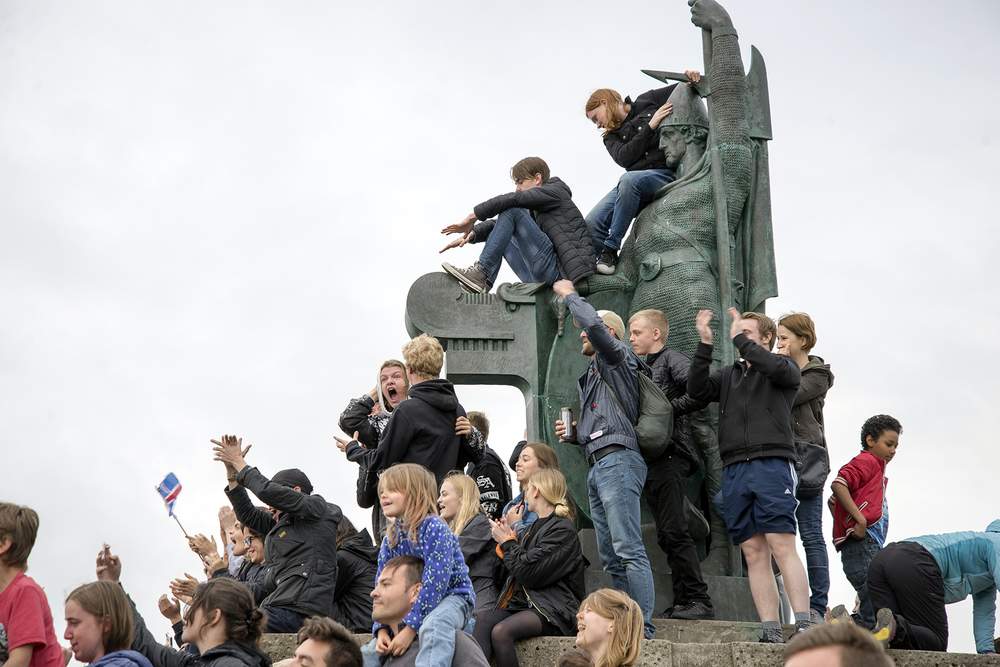
Icelanders celebrate in central Reykjavik during the Euro 2016 competition.

